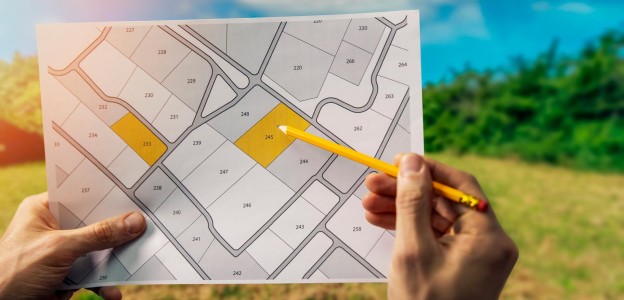18 March 2019
Building Without Consent
Authors

Are you planning on some home improvements but are unsure whether you need a building consent?
The base position under section 40 of the Building Act 2004 (“Act”) is that you cannot carry out any building works without a building consent from your Council. If you breach this section, you are liable for potentially hefty fines.
However, the Act contains a number exemptions to the rule, to allow for some classic Kiwi DIY.
The most commonly relied on exemption, which is the focus of this article, is provided for at section 42A of the Act. This provides that any building work described in Schedule 1 of the Act does not require a building consent, subject to a few conditions listed at section 42A(2).
General Overview
The Schedule is reasonably easy to follow. Part 1 provides for exempted building works; Part 2 provides exemptions for certain building works relating to plumbing and drainlaying; and Part 3 provides exemptions for certain building works for which design is carried out or reviewed by a chartered engineer.
The exemptions at Part 1 include, for example, certain additions and alterations to existing buildings, construction of retaining walls, fences, and even household playground equipment.
“Like for Like” Exemption
Clause 1 of the Schedule is the “like-for-like” exemption and the interpretation of this clause is not so cut-and-dry. It provides an exemption for building work relating to general repair, maintenance and replacement of certain parts of buildings, provided that comparable materials are used and, in the case of replacement works, the replacement is in the same position as the component being replaced.
The exemption does not apply for building works that involve complete or substantial replacement of any structural part of a building or which contributes to a building’s fire-safety properties. Nor does it apply to any repair or replacement of a part of a building that has failed durability requirements under the Building Code, or any sanitary plumbing or drainlaying works under the Plumbers, Gas Fitters and Drainlayers Act 2006.
Reliance on the “like-for-like” exemption has been a reasonably prevalent issue in Christchurch since the earthquakes, particularly in cases where a property is sold “as is, where is” and repairs have subsequently been completed to a dwelling’s foundation or cladding system. We have seen a number of instances where a building consent has not been obtained when repair and replacement works have been carried out to a foundation system which was significantly damaged, in the incorrect assumption that this exemption applies. Not obtaining a building consent will save on costs and time, but the potential implications of getting this wrong warrant careful consideration.
Potential implications of getting it wrong
It is important to note that typically when you sell a property, you will give a warranty to the purchaser that (amongst other things) any works that you have done to your property have been issued with the necessary building consent. A breach of a warranty may expose you to a claim for compensation by the purchaser.
Failure to obtain a building consent when it is required is serious and in addition to potentially being liable for fines, the Council can issue a Notice to Fix under section 164 of the Act. This may require the complete removal of any works or structures built without a building consent. Further, once you have commenced building works, the Council lose the ability to grant a building consent, and the only possible alternative is to obtain a Certificate of Acceptance under clause 96 of the Act.
If you are unsure whether your works are covered by Schedule 1 of the Act, we recommend you seek legal advice, or make contact with the Council before you begin. It may be that building consent is normally required, but the Council grants you an exemption by using their discretion (discussed below).
Council’s Discretion
Clause 2 of Schedule 1 allows the Council to exercise discretion to grant an exemption from the requirement of obtaining a building consent in certain circumstances. Council can do this if it is satisfied that the building work is likely to comply with the Building Code, or if the completed building work does not comply with the Building Code, it is unlikely to endanger people or any building with or on the same land, or on other properties.
We have found in Christchurch that this is a prudent step to take if there is doubt whether the “like for like” exemption applies. An exemption granted under this clause requires an application to the Council. It will be recorded on the property’s file held by the Council and in any Land Information Memorandum. A prospective purchaser of a property will see that works have been completed and the exemption granted by the Council will prevent any question of whether the works should have required a building consent.
The Christchurch City Council’s Form B-390 is a useful resource.
Final Comments
The Ministry of Business, Innovation and Employment has produced this useful guide which will help you assess whether your building works are exempt from needing a building consent.
If you have any questions about Building Consents or exemptions please do not hesitate to contact us to discuss these issues.
The above information is of a general nature only. You should contact our firm for advice relating to your specific circumstances.







